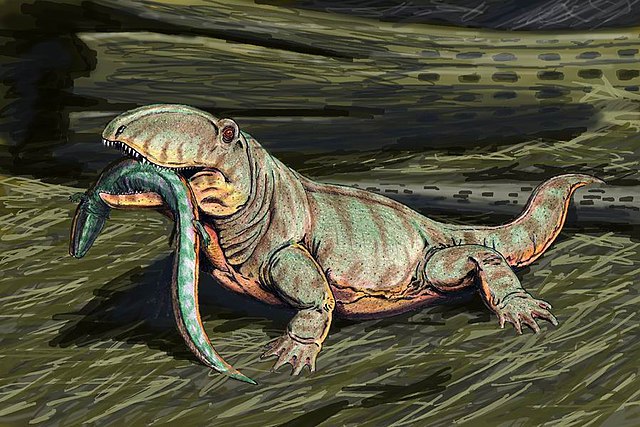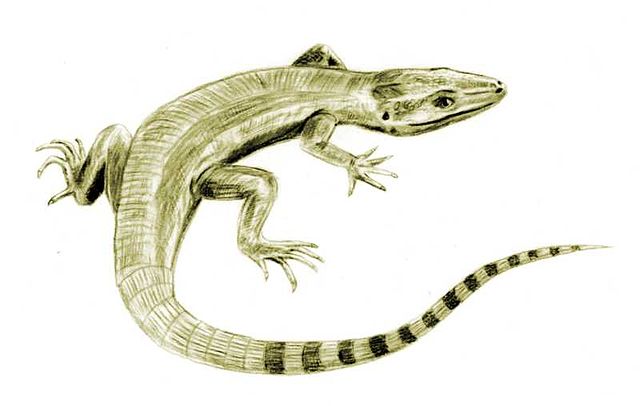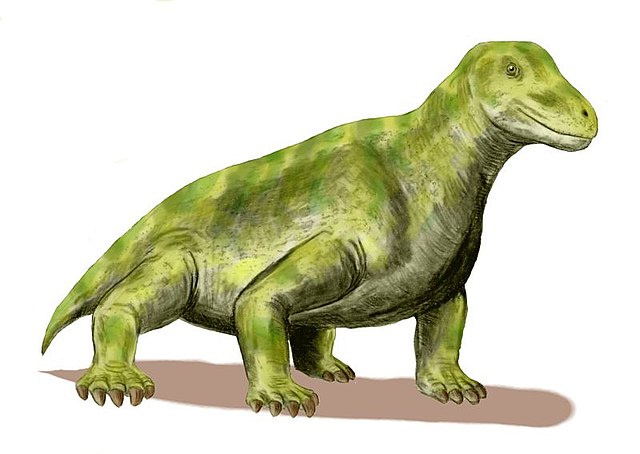Ophiacodontidae is an extinct family of early synapsids from the Carboniferous and Permian. Archaeothyris, and Clepsydrops were among the earliest ophiacodontids, appearing in the Late Carboniferous. Ophiacodontids are among the most basal synapsids, an offshoot of the lineage which includes therapsids and their descendants, the mammals. The group became extinct by the Kungurian or the Roadian, replaced by anomodonts, theriodonts, and the diapsid reptiles.
Ophiacodontidae
Ophiacodon mirus restoration.
Synapsida is one of the two major clades of vertebrate animals in the group Amniota, the other being the Sauropsida. The synapsids were the dominant land animals in the late Paleozoic and early Mesozoic, but the only group that survived into the Cenozoic are mammals. Unlike other amniotes, synapsids have a single temporal fenestra, an opening low in the skull roof behind each eye orbit, leaving a bony arch beneath each; this accounts for their name. The distinctive temporal fenestra developed about 318 million years ago during the Late Carboniferous period, when synapsids and sauropsids diverged, but was subsequently merged with the orbit in early mammals.
Synapsida
The sea otter has the densest fur of modern mammals.
Archaeothyris, one of the oldest synapsids found
Moschops was a tapinocephalian from the Middle Permian of South Africa.






